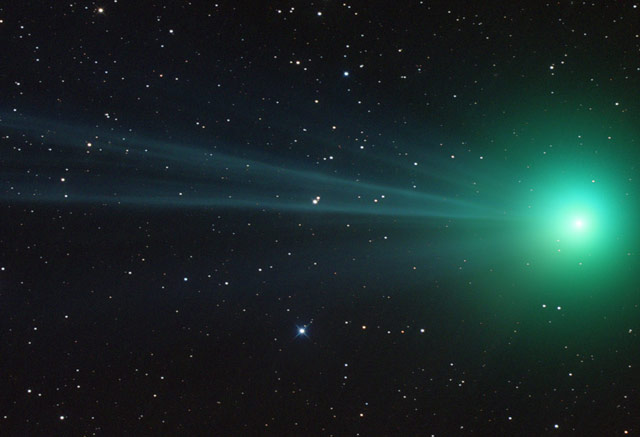Hi everybody
Here are the latest articles from the Astronomy site at BellaOnline.com.
Canis Minor – the Lesser Dog
Canis Minor is one of Orion's hunting dogs. It trots along behind its master unperturbed by the unicorn (Monoceros), and leaving the hare (Lepus) to the greater dog (Canis Major) to chase. It's a small constellation with not much more to offer than one bright star, but it has a long history.
http://www.bellaonline.com/articles/art304974.asp
New Year's Day to Candlemas – Quiz
Exploration, famous birthdays and ancient festivals in the time between January 1st and Candlemas at the start of February. Here's a little quiz for you that picks out some highlights in this period. How many do you recognize?
http://www.bellaonline.com/articles/art304986.asp
*The super blue full Moon will also be red for some people*
On January 31, the third “supermoon” in a row is also, according to some, a blue moon. The Moon will be full and at the same time as near as it gets to us during the month – super. Using the definition of a second full moon in a calendar month as a “blue moon”, it's also blue. (Personally, I think the definition is silly.) But if you're lucky, you could see it eclipsed. The Moon goes a reddish color during a total eclipse.
Check out Timeanddate.com's eclipse map to find out what the story is for your location: https://www.timeanddate.com/eclipse/map/2018-january-31
*Birth anniversaries*
(1) January 19, 1747: German astronomer Johann Bode was also a celestial cartographer who created two influential sky atlases.
(2) January 20, 1930: Edwin "Buzz" Aldrin was the second man to step onto the Moon.
(3) January 27, 1941: Beatrice Tinsley revolutionized our view of galactic evolution. Her pioneering work continues to be regularly cited by researchers.
(4) January 28, 1611: Polish astronomer, cartrographer and influential citizen of Gdansk, Johannes Hevelius was one of the most influential astronomers of the 17th century.
*Space missions*
(1) January 16, 2015: the UK Space Agency announced that Beagle 2, the lander lost in 2003, had been located on Mars.
(2) January 19, 2006: NASA's New Horizons spacecraft was launched. Destination: Pluto and the Kuiper Belt.
(3) January 20, 2014: ESA's Rosetta spacecraft awoke from a deep space hibernation of over thirty months, ready to to chase down and rendezvous with a comet.
(4) January 22, 2003: Pioneer 10's last signal was received. Pioneer 10 was the first spacecraft to pass through the asteroid belt and later the first to pass the orbit of Pluto.
(5) January 25, 2004: NASA's rover Opportunity landed on Mars where it's still active.
Please visit http://astronomy.bellaonline.com/Site.asp for even more great content about Astronomy. I hope to hear from you sometime soon, either in the forum http://forums.bellaonline.com/ubbthreads.php/forums/323/1/Astronomy or in response to this email message. I welcome your feedback!
Do pass this message along to family and friends who might also be interested. Remember it's free and without obligation.
I wish you clear skies.
Mona Evans, Astronomy Editor
http://astronomy.bellaonline.com
One of hundreds of sites at BellaOnline.com
.
astronomy Newsletter








